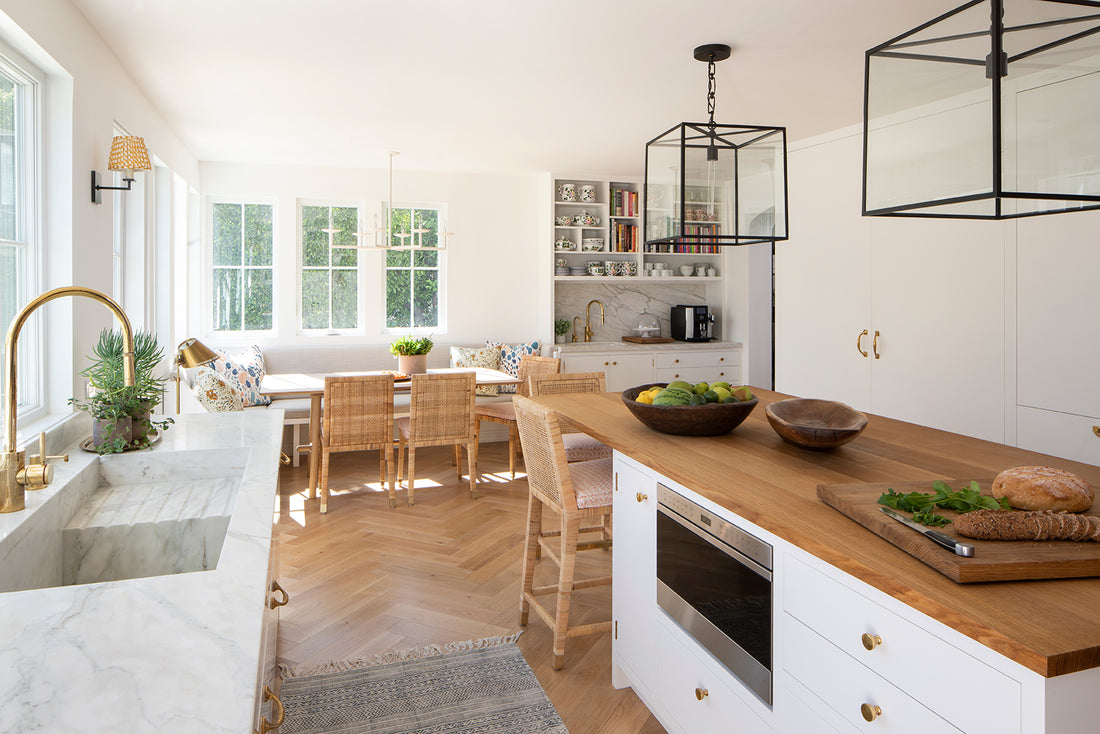If you're planning to remodel your kitchen, you need to consider various factors to ensure that the outcome is both practical and aesthetically pleasing. One of the essential aspects that you must take into account is the placement of appliances. A well-planned appliance arrangement can greatly impact the kitchen's functionality and appearance. The "kitchen triangle" principle is a fundamental rule that guides kitchen design and ensures that the sink, refrigerator, and range are situated to maximize productivity and minimize movement. When you follow this principle, you'll create a space that's efficient, functional, and easy to move around in.
Apart from appliance placement, you should also consider the available counter space. A sufficient amount of counter space is essential for efficient food preparation, cooking, and serving, thereby enhancing the kitchen's overall functionality. A well-designed kitchen should have enough counter space to accommodate all the necessary activities while maintaining a clean and organized appearance. It should allow easy movement between the various work areas, avoiding bottlenecks and obstructions that could impede the cooking or cleaning process.
The size and shape of your kitchen are critical factors to consider when designing a layout. The layout should maximize functionality and usability while making the most of the available space. It should be tailored to the specific requirements of your space, taking into account the unique challenges of narrow galley-style kitchens or large open-plan kitchens with multiple work zones.
Besides practical considerations, it's essential to consider the needs and preferences of the individuals who will regularly use the kitchen. For example, if you have multiple cooks in the household, you may need to incorporate multiple workstations, sinks, and ovens. Similarly, if you love entertaining, having ample seating and counter space can make hosting more comfortable and enjoyable. Understanding the specific needs of the users can help you create a layout that's tailored to their needs and preferences.
A user-centric approach to kitchen design is key to creating a space that's functional, efficient, and inviting. Taking the time to understand the needs and preferences of those who will use the kitchen can lead to a layout that enhances the overall functionality and enjoyment of the space. A well-designed kitchen can be the heart of the home, a hub of activity where family and friends can gather to share meals and create memories.
With careful planning and attention to detail, you can create a kitchen that's both aesthetically pleasing and highly functional, making it a cherished space in your home.

